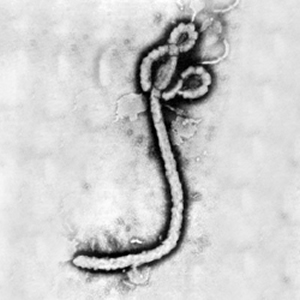Hyperthermophilic archaeal cellular structures
Hyperthermophilic organisms have been the subject of intense study since their discovery in 1977 in the Galapagos Rift1. It was thought impossible for life to exist at temperatures a great as 100ºC until Pyrolobus fumarii was discovered in 19972. P. fumarii is an unicellular organism from the domain Archaea living in the hydrothermal vents in black smokers along the Mid-Atlantic Ridge2. These organisms can live at 106ºC at a pH of 5.52. In order to get energy from their environment these organisms are facultatively aerobic obligate chemolithoautotrophs, meaning these organisms build biomolecules by harvesting CO2 from their environment by using H2 as their primary electron donor and NO3- as its primary electron acceptor2. These organisms can even survive the autoclave, which is a machine designed to kill organisms through high heat and pressure2. Because hyperthermophiles live in such hot environments, they need to have DNA, membrane and enzyme modifications in order to withstand the intense thermal energy. Such modifications are currently being studied to better understand what allows an organism or protein to survive such harsh conditions. By learning what allows these organisms to survive such harsh conditions, researchers will be better able to synthesize molecules that are harder to denature that can be used in industry.
Section 1
At right is a sample image insertion. It works for any image uploaded anywhere to MicrobeWiki. The insertion code consists of:
Double brackets: [[
Filename: Ebola virus 1.jpeg
Thumbnail status: |thumb|
Pixel size: |300px|
Placement on page: |right|
Legend/credit: Electron micrograph of the Ebola Zaire virus. This was the first photo ever taken of the virus, on 10/13/1976. By Dr. F.A. Murphy, now at U.C. Davis, then at the CDC.
Closed double brackets: ]]
Other examples:
Bold
Italic
Subscript: H2O
Superscript: Fe3+
Overall paper length should be 3,000 words, with at least 3 figures with data.
Section 2
Include some current research in each topic, with at least one figure showing data.
Section 3
Include some current research in each topic, with at least one figure showing data.
Further Reading
[Sample link] Ebola Hemorrhagic Fever—Centers for Disease Control and Prevention, Special Pathogens Branch
References
Edited by Libby Mannucci, a student of Nora Sullivan in BIOL168L (Microbiology) in The Keck Science Department of the Claremont Colleges Spring 2014.

